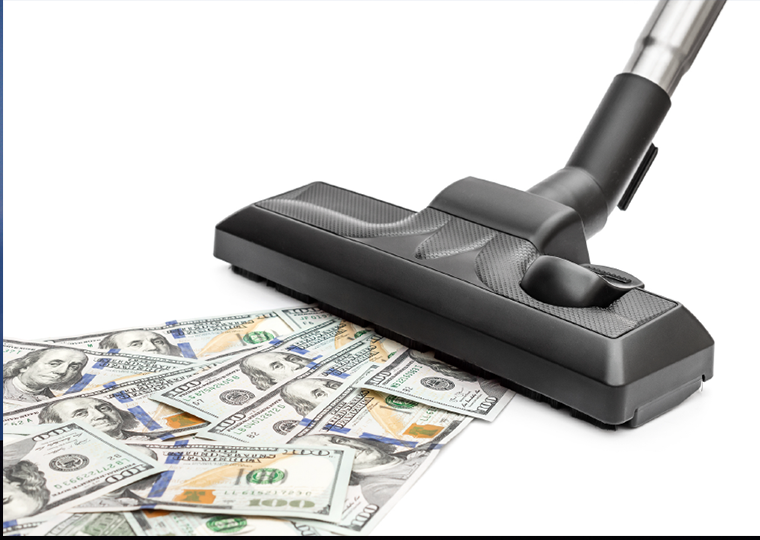Tough standards led to an increase in auto-related patents
Economists can debate all day about whether government regulation inhibits or encourages technical innovation. Some say burdensome oversight prevents development of novel medical devices and delays life-saving drugs. Others cite “Porter’s hypothesis” that environmental rules can improve the competitiveness of new green technologies.
A working paper from University College London’s Yiting Deng, University of International Business and Economics’ Li Shu, UCLA Anderson’s Christopher Tang and International Business and Economics’ Wei Wang comes down firmly on the pro-regulation side. Examining the effect of vehicle-emissions standards adopted by China in 2016, the study suggests that the rules led to a significant increase in auto-related green patents, especially those for innovations in electric and hybrid vehicles.
The authors focused on 117 “key” cities facing stricter requirements to clean up their air and found that those cities produced more green-technology patents than other cities. In the key cities, universities were particularly active in generating ideas for a broad range of low-emissions technologies, including improvements in internal-combustion engines, while automakers concentrated on innovations in hybrid drivetrains and electric vehicles.
Opt In to the Review Monthly Email Update.
This division of labor between companies and research institutions reflects the Chinese government’s aggressive promotion of EVs to reduce transportation-related pollution. “Firms are not only involved in research but also in the development of actual vehicles,” the authors write. “Universities are more inclined towards general research and not restricted by immediate commercial applications.”
Targeting Auto Emissions for 25 Years
Reducing vehicle emissions is critical to China’s efforts to clean up the environment. Automobile ownership is growing rapidly with nearly 31 million cars sold in 2023, 11.6% more than the year before. Transportation accounts for nearly 10% of carbon emissions and as much as 35% of small-particulate pollution.
China began setting limits on auto emissions in 1999, introducing its most stringent standards in 2016. The rules, designed to bring the country in line with the United States, Europe and Japan, established tough caps on carbon, nitrogen dioxide and particulate emissions, and vehicles that don’t meet the standards can’t be produced, imported or sold in the country.
In addition, the Chinese government is taking extra steps to reduce pollution in 117 cities with the worst pollution, including Beijing, Shanghai and Shenzhen and such smaller cities as Wuxi and Shaoxing. This added regulatory scrutiny provided the authors with a way to test the link between the 2016 standards and innovative research in those cities.
Targeted Cities vs. Entire Country
Of course, the relationship — and level of trust — between each country’s government and its separate public and private organizations varies and that can significantly affect uptake of federal initiatives. In some countries, like the U.S., private-sector actors have learned that incentives are often added on to federal initiatives to boost uptake, and thus they’re conditioned to hold out for such largesse.
Still, the study’s results suggest how countrywide and local conditions interact in a major push for innovation. The authors collected data on patent applications filed from 2014 to 2018 in each city in China, then calculated the number of patents in four categories — traditional engines, exhaust treatment, vehicle batteries and hybrid drivetrains. They compared the number of patents in the key cities with the rest of the country, and before and after introduction of the 2016 standards. They also gathered socioeconomic information about each city, including the presence of auto company headquarters and the number of universities.
Before the standards, the number of patents in the key cities didn’t significantly differ from those in other cities but rose significantly after 2017. In particular, the rules appeared to give an immediate boost to patents for electric-vehicle batteries and hybrid powertrains, consistent with the government’s earlier incentives for the development of the technologies.
Universities showed the greatest increase in patent activities in all four categories. Joint-venture auto companies — such as SAIC-GM, a partnership between General Motors Co. and China’s SAIC Motor — showed an increase in hybrid-vehicle patents. In contrast, domestic auto brands, such as Great Wall Motor, did not show a significant increase in patents, perhaps reflecting these companies’ earlier shift to R&D in electric vehicles.
The analysis also identified a likely synergy between universities and automakers. In cities home to both universities and domestic automakers, patents for hybrid technologies were significantly higher. Patent filing in the three other categories — but not hybrids — were higher in cities with universities and joint-venture automakers. This suggests those companies’ experience with hybrids outside China made them less dependent on local universities for research in the technology, while domestic automakers — already far behind foreign competitors in hybrids — leaned more heavily on universities.
Featured Faculty
-
Christopher Tang
UCLA Distinguished Professor; Edward W. Carter Chair in Business Administration; Senior Associate Dean, Global Initiatives; Faculty Director, Center for Global Management
About the Research
Deng, Y., Shu, L., Tang, C. S., & Wang, W. (2024). Emission Standards: Catalysts or Barriers to Green Innovations? SSRN Electronic Journal, 1–36. Available at SSRN 4716653.






